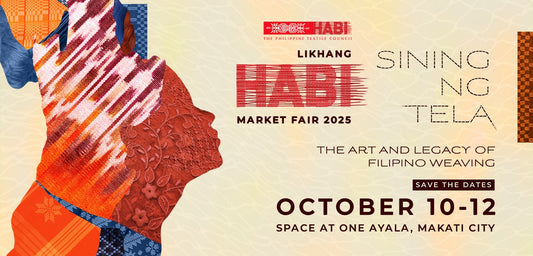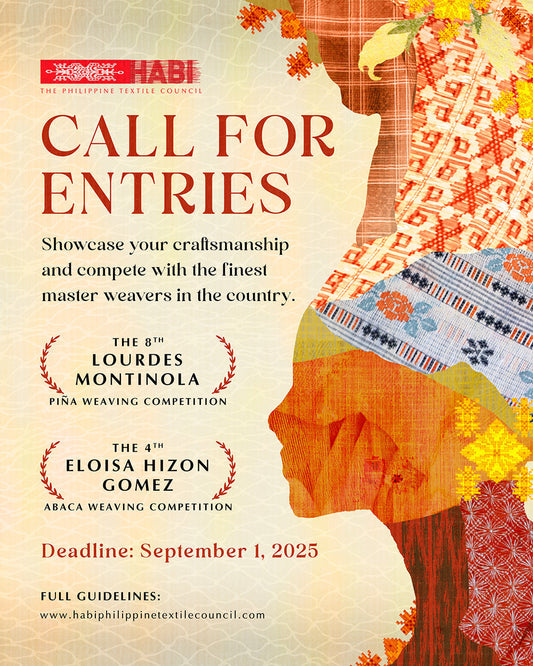At the Harvey Milk Terminal 1 of the San Francisco Airport, there is a current exhibit of interest to us. It centers on piña, our unique pineapple textile. It opened April 16 this year and will be on till November 13.
The San Francisco Museum, which put up the exhibit, is at the San Francisco Airport — the only accredited museum at an airport — a project of the San Francisco Airport Commission whose mission for establishing it is to enrich the experience of airport passengers. It has 20 galleries throughout the airport with a broad range of exhibits from commercial aviation history to art, history, science and other cultural items. The exhibits are either rotating or permanent.
The current piña exhibit curated by Filipino American fashion designer, Anthony Cruz Legarda, is entitled "From Pineapple to Piña — A Philippine Textile Treasure." It consists of vintage piña fabrics from the Lacis Museum of Lace and Textiles, a Berkeley, California institution and some modern piña ensembles by Mr. Legarda. It also features a video on the piña industry in Aklan created by Adelaida Lim of HABI: The Philippine Textile Council Inc., with Luna Mendoza, Carlo Eliserio, RD Sucre Art.
The vintage piña fabrics from the Lacis Museum of Lace and Textiles are stunning and it would be interesting to know how Kaethe and Jules Kliot, who founded the museum in 1965, were able to source them. They are veritable museum pieces carrying vintage weaving techniques that are now rare to come across.




Vintage piña fabrics from the Lacis Museum
Kaethe Kliot was a German woman who was brought up doing needlework in Germany (she made her own nightgown at the age of 6). Her family was badly affected by the bombing of Cologne in World War 2. Her mother died. Needlework was Kaethe's passion and she produced innumerable doilies to support herself after the war, which she sold to American GI's based in Germany. With her small savings of $1,500, she emigrated to Canada where she continued her needlework — producing, teaching, encouraging others to take it up. There she met Jules Kliot, an architect who became her husband, and eventually joined his wife in the needlework business. They established a retail store in 1965 in Berkeley, California, which provided support, knowledge and encouragement for lovers of textile arts. It was designed as an old-fashioned dry goods store with supplies, equipment, an online business and a book section. It also established a collection of varied needlework, lace, vintage clothing and other similar articles.
I visited it while I was in Berkeley. And while museums are not minimalist, the Lacis Museum is a medley of 10,000 items, all seemingly on show. There are lacework patterns, hoop skirts hanging from the rafters (part of its vintage clothing items), lace parasols, antique sewing machines, a plethora of threads, gloves and hats. It has pre-Columbian Peruvian lace, fine lace from 17th-century European courts. It is also originally and basically a retail store where one can buy supplies to do needlework. Upon inquiry, the museum staff showed us piña items that were for sale which they have set aside from their collection. You can also attend needlework classes, take clinics in lace-making and attend workshops at the Lacis Museum. All these activities support it. It seems enough as when I visited they were putting in an elevator. The book section was extensive. It also has a monthly newsletter sent online.
For the piña exhibit, Jules Kliot [he survives Kaethe who passed away] gave a lecture on how piña is made. It seems he was quite thorough from the reviews received.
The art world has now recognized that weaving and its branches like needlework is an art. They have caught up with the Lacis Museum. Meanwhile, let us remember that piña is our very own national treasure and we should treasure it.
Read the original article here.




